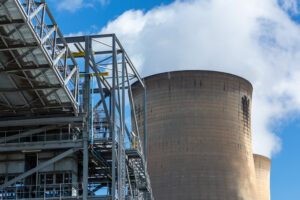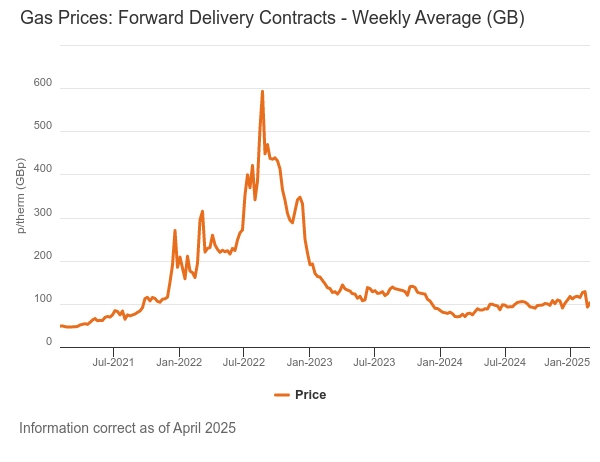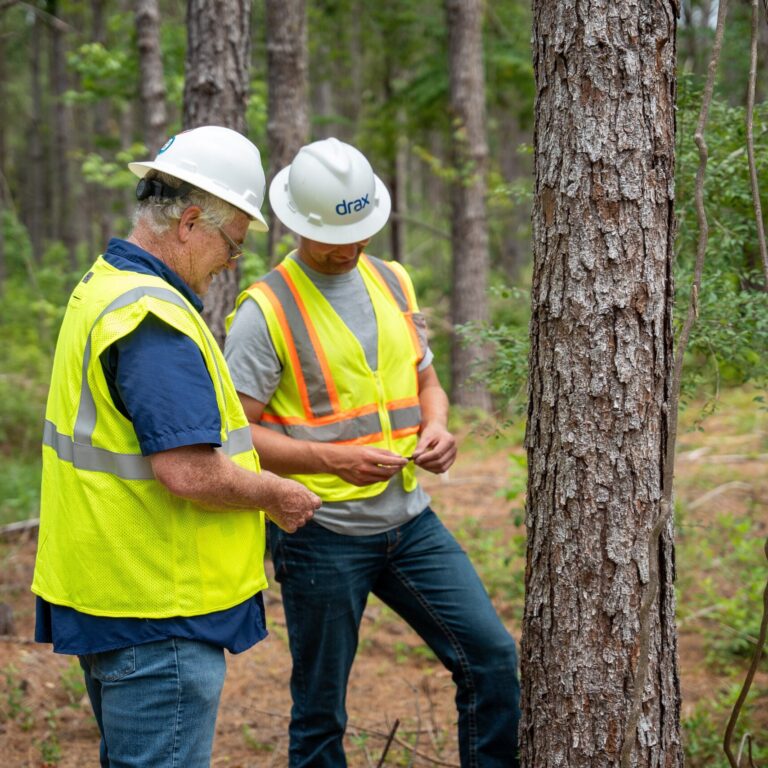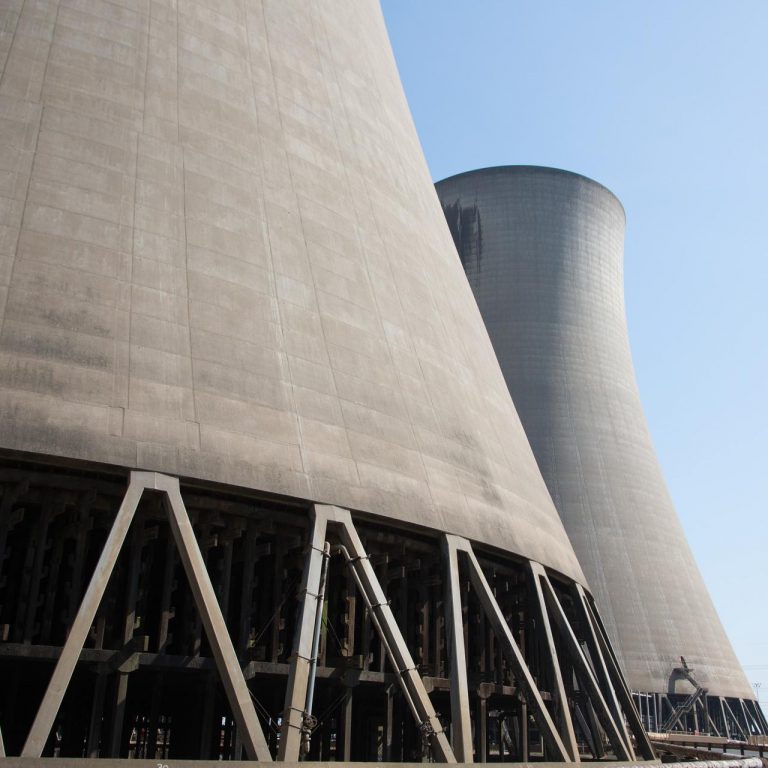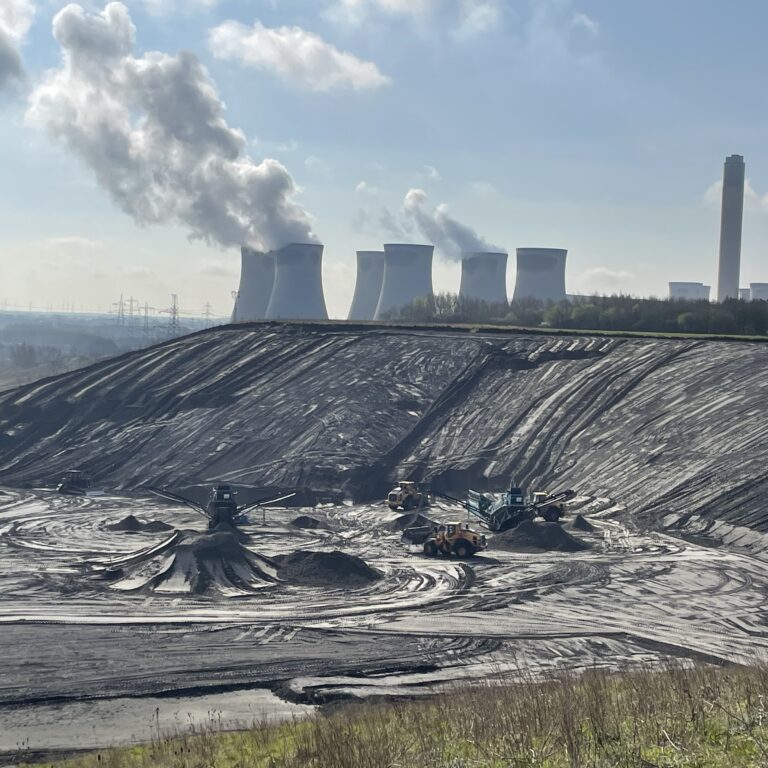
- Analysis by Baringa shows that Drax Power Station, operating under a new low-carbon dispatchable CfD, will lower the costs of the UK clean energy transition between 2027 and 2031 by £1.6 to 3.1bn, compared with a scenario without Drax.
- When there isn’t enough electricity from weather dependent renewables to meet demand, Drax will step in to increase generation.
- This brings down the amount of costly ‘standby’ capacity the Government needs to buy on the capacity market to avoid shortages
- It also makes the UK less reliant on gas and imports via interconnectors, reducing the upwards influence they have on the wholesale cost of energy.
- By displacing gas, Drax will reduce emissions from the electricity sector by approximately 4 MtCO2 between 2027 and 2031 – equivalent to taking 1.5 million diesel or petrol cars off the road.
Over the next six years, the UK will increasingly rely on electricity generated by intermittent renewables and, by 2030, wind and solar will provide the majority of our electricity.
Drax Power Station will play an essential supporting role, stepping up generation when windless, gloomy weather causes wind and solar output to drop, and stepping down again to balance the grid when the weather changes.
As a clean energy source, its flexibility to do this is rare. Nuclear, for instance, provides a steady flow of clean electricity, but it can’t be turned up and down in the same way Drax’s biomass generation units can.
The Government has designed a new low carbon dispatchable CfD to support Drax’s flexible generation between 2027 and 2031.
Analysis by Baringa shows that this lowers the costs of the clean energy transition between 2027 and 2031 by between £1.6 – 3.1bn. There are two major factors in this: lower capacity market costs and Drax’s impact on the wholesale costs of electricity. These are explained in more detail below.
Reduced capacity market payments
The capacity market is colloquially referred to as the UK’s black out prevention system. It works by paying some energy generators to have extra ‘standby’ capacity available, which can then be drawn on when there is a shortage of electricity.
Prices in the capacity market vary from year to year and are affected by the amount of existing guaranteed capacity in the market – the more that there is, the less that needs to be procured in the capacity market, and the lower the price.
Drax Power Station provides 2.6GW of capacity. That’s more than any other single source in the UK and more than double the capacity of the average gas power station. It’s also more than the combined capacity of the UK’s two largest operational nuclear power stations – Heysham 2 and Torness (2.4 GW). *
Having it on the system brings down prices in the capacity market as the Government needs to purchase less capacity. Baringa estimate that this saves the UK between £640m and £1bn from 2027 to 2031.
Reduced wholesale energy cost
Electricity generated at Drax Power Station will make the UK less reliant on gas and interconnector imports. Both are typically expensive, particularly in the winter months when high demand in the UK and Europe, as well as Asia, pushes up prices.
For instance, when the UK was hit with a period of cold, gloomy windless weather in early January, demand increased as supply from wind and solar plummeted and the UK called on additional gas and imports to fill the gap. Power prices briefly surged to £2,900/MWh (40 times their average) as a result.
Research by Baringa estimates that Drax Power Station will reduce gas generation by around 4.3% and imports by almost 4.9%. This brings down the wholesale electricity price, saving £1.8bn compared to a counterfactual scenario without Drax, and potentially more if the price of gas is higher than anticipated.
Drax Power Station also reduces the UK’s exposure to ongoing price volatility in these markets, which influences the wholesale prices of energy in the UK on an ongoing basis. For example, the price of gas shot up by 130% when Russia invaded Ukraine in 2022 and, as the graph below shows, it continues to fluctuate.
Displacing gas reduces fossil fuel use and cuts carbon
Displacing gas not only has a price benefit, it lowers fossil fuel use. In the case of the low-carbon, dispatchable CfD with Drax, reducing emissions from the energy sector by 1 million tonnes CO2e per year (4 MtCO2e over the course of the four-year term). This equates to c.5% of total power sector emissions and is equivalent to taking 1.5 million diesel or petrol cars off the road.
Overall, as the UK moves to a clean energy system, Drax makes sense for consumers and the climate. Beyond 2030 there is also the potential to add carbon capture and storage technology to Drax Power Station, converting it to BECCS. This could create the world’s largest carbon removal facility; saving the UK £15bn on its path to net zero and helping position us at the leading edge of an exciting new technology area that will be critical to meeting global climate targets.
Report: ‘Value for money assessment of the low carbon dispatchable CfD for Drax Power Station’, Baringa (2025) can be read in full here.




